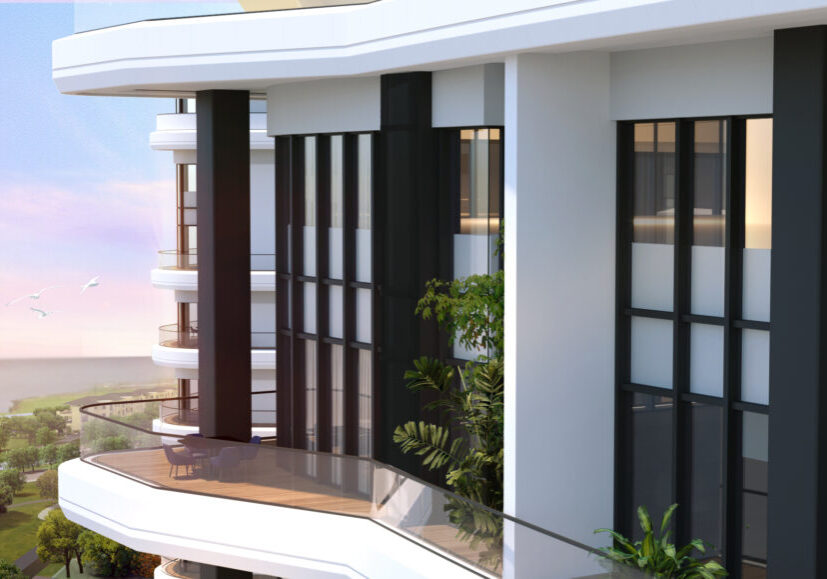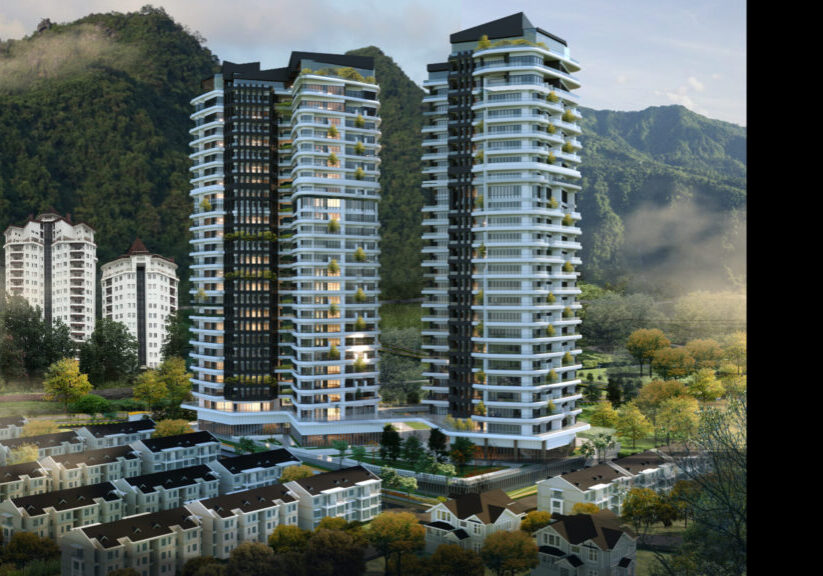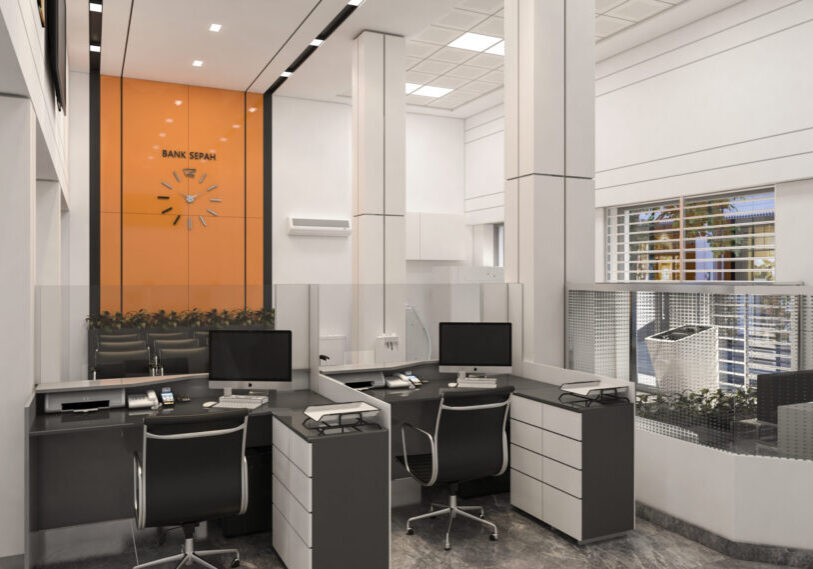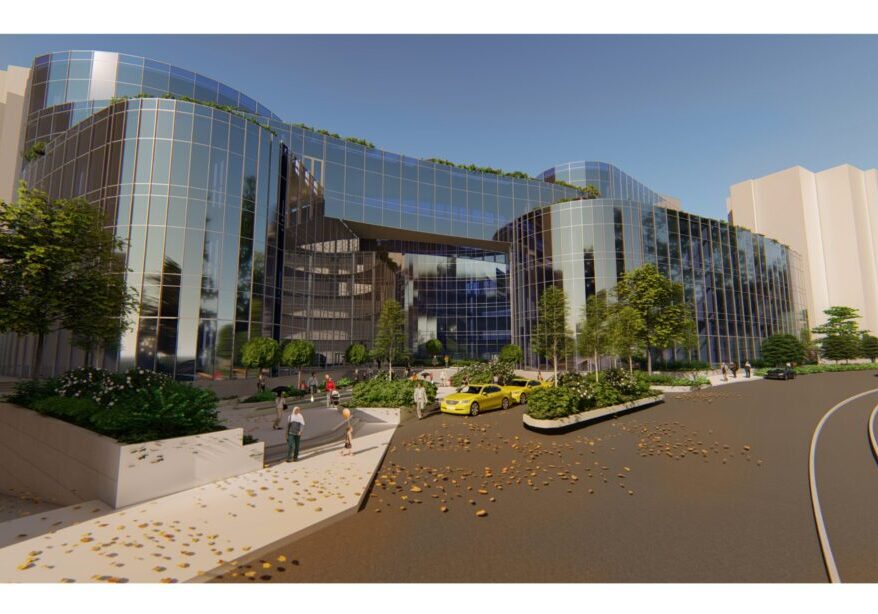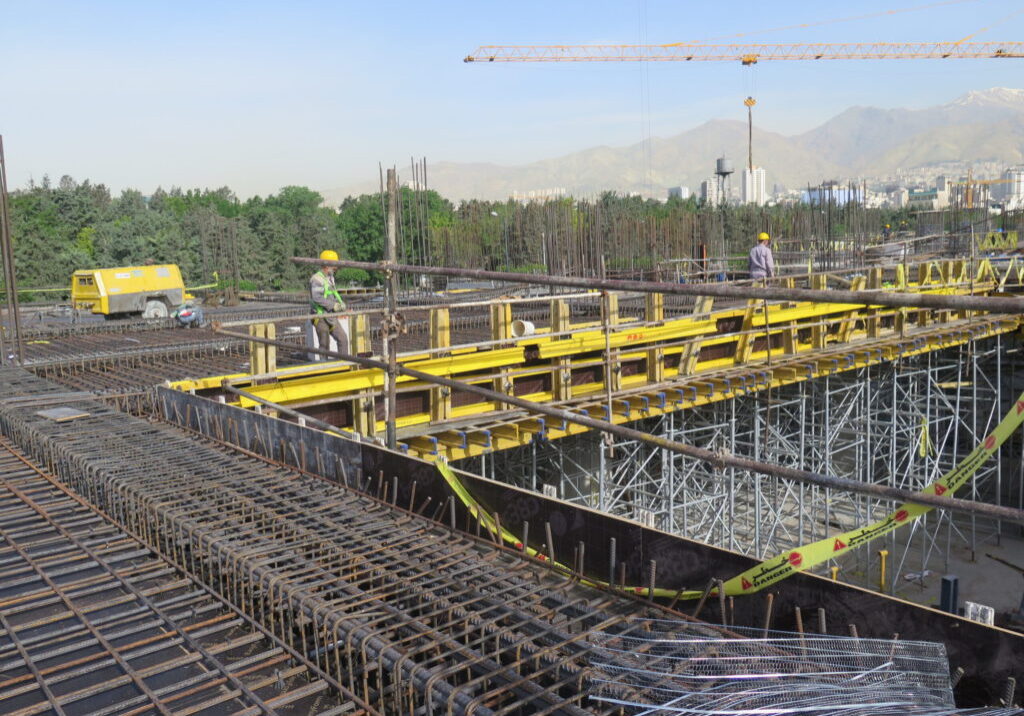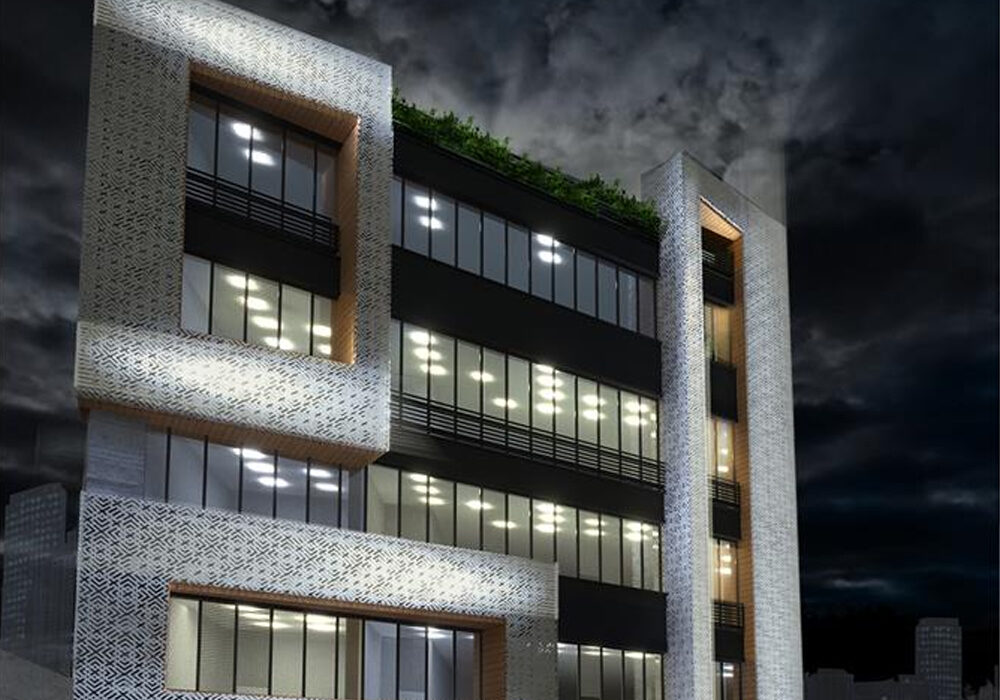Underground Structures
Underground structures include any structures that is built underground
Underground structures have been developed for thousands of years by mines, and more recently by transportation, including subway stations and tunnels, and housing construction
Designing and constructing underground structures such as a subway station requires a various process and methods from other projects. In many industrialized countries, the construction of underground structures is increasing for economic reasons compared to surface structures
Underground structures are divided into diverse categories:
*Transportation tunnels and hydraulic engineering tunnels
*Metro facilities
*Power plants, especially hydropower plants
*Garages and urban canals
*Drinking water tanks
*Oil and gas storage facilities
*Military facilities and etc
Geotechnical design is an essential part of the design of underground structures in all phases of the project from conceptual studies to detailed design and during the construction of the structure
The components of underground structures are determined based on the geometric and architectural design, which is more visible for underground stations (with more architectural complexity)
Underground structures are among the complex engineering structures whose design and implementation methods have a really diverse range
hese construction methods include piles and ribs, Austrian tunneling system (NATM), mechanized tunneling system and cut and cover methods (Top Down or Bottom Up), etc
It should be noted that various elements such as passive defense, water level and sealing conditions, depth of the structure, rock or ground characteristics the structure and the surroundings, etc. are among the decisive factors to choose the implementation method
In addition, in special circumstances, due to the geological characteristics and the weakness of the soil or host rock material, it may be necessary to improve and pre-consolidate the environment around the underground structure, which has different methods (including injection methods, etc.)
The main factor in the design of tunnels, shafts and underground structures is the host environment and its impacts on the structure. Knowledge of the host environment and its characteristics is far limited compared to other engineering structures
Therefore, the calculations and designs are special and different from other engineering structures and the analysis and design is according to the codes and standards related to underground structures, tunnels and shafts
Due to the unidentified parameters in the behavior of the host environment and other environmental factors, the characteristics of the environment should be considered in such a way that safety and design economy are optimal (by performing accurate and appropriate soil and rock tests by an experienced team, these parameters will be verified)
The following experiences can be mentioned from the special
cases of design done by Metra Consultant:
*Passing a segmental tunnel with a distance of one tunnel
diameter from under 7 refinery fuel pipes in the north of the country
*2 Austrian tunnel passes under Azadegan freeway with a distance of one tunnel diameter.

